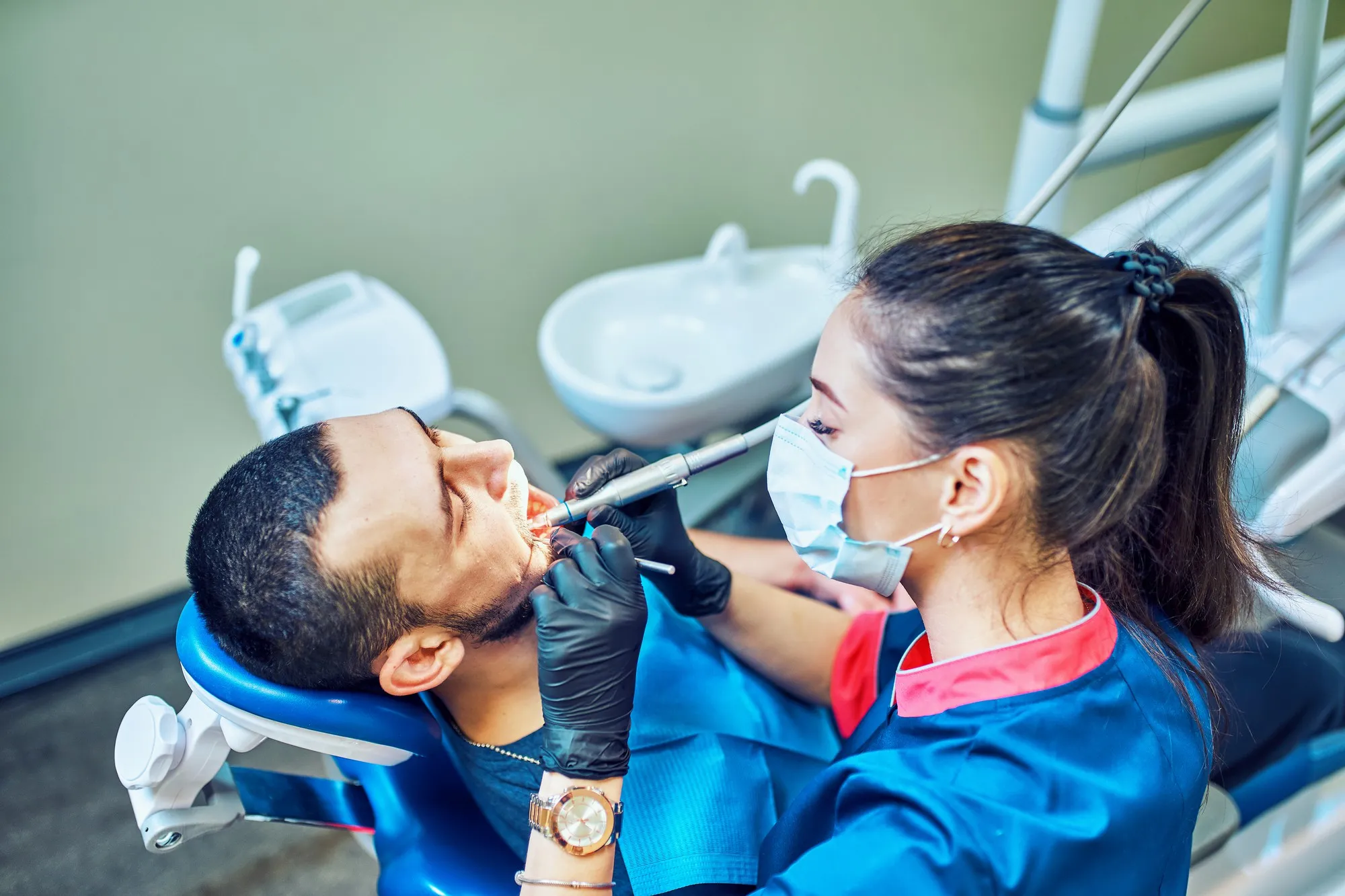In the world of orthodontics, the Maurice Berman Prize stands as a distinguished accolade, recognizing clinical excellence and advancements in orthodontic treatment. The Journal of Orthodontics in its June 2019 issue (Volume 46, Issue 2) shed light on the exceptional work of the 2018 winners, who were celebrated for their complex case handling, diversity in case-mix, and the outstanding quality of treatment outcomes, along with their meticulously detailed case reports. In this comprehensive review, we will explore the intricacies of the orthodontic cases that led to the award, discuss their significance in the broader context of orthodontic science, and acknowledge the outstanding contributions of the prizewinners.
Reflecting on Excellence: The 2018 Maurice Berman Prize Recipients
Trevor M. Hodge of the Leeds Dental Institute in the United Kingdom authored the paper that meticulously describes the orthodontic treatment of the three prize-winning cases of the 2018 Maurice Berman Prize for Clinical Excellence. The award, adjudicated by a panel of experts, is based on several critical criteria, including the complexity of each case, the variety within the case-mix, the quality of the treatment executed, the results obtained, and the quality and clarity of the case reports from the initial presentation through to the post-treatment records.
Case 1: Journey Through Complexity
The first case outlined an intricate scenario involving functional appliances. In orthodontics, functional appliances are used to adjust jaw growth to treat malocclusion (improper bite) that occurs due to skeletal discrepancies. They are often preferred for younger patients who are still growing, as they take advantage of the growth process to effectuate alignment changes.
In this case, the precocious use of these appliances demonstrated how thoughtful planning and implementation could lead to a successful outcome even in complex developmental situations. The prolonged treatment process was well-documented, from pre-treatment analysis through to its successful conclusion, showcasing the clinician’s commitment to catering to individual patient needs and anatomical challenges.
Case 2: Embracing Diversity in Case-Mix
The diversity of cases treated by an orthodontist reflects on their skill and adaptability. The second case detailed in the award-winning paper traversed through the treatment of a different kind of malocclusion, highlighting the orthodontist’s ability to handle a wide array of dental and skeletal issues. It underscored the importance of a tailored approach, where treatment techniques are not one-size-fits-all but are instead carefully chosen based on the patient’s unique dental landscape.
Case 3: A Digital Triumph with Quadhelix
The third winning case delved into the utilization of the quadhelix appliance, a device customarily used to widen the arch of the mouth, target specific tooth movements, and correct crossbites. In this particular treatment, the application of the quadhelix appliance was complemented by digital orthodontic solutions, offering a glance into the future of orthodontic practice where traditional methods meet modern technology. Digital intervention allowed for precise control and monitoring of treatment progress, highlighting how state-of-the-art technology can enhance the effectiveness of conventional apparatus.
The Impact on Orthodontic Practice and Future Directions
The three cases represented by the Maurice Berman Prize winners demonstrate not only the calibre of individual orthodontic treatments but also underscore the relentless pursuit of improvement and innovation in the field. These case studies serve as educational anchors, offering peers and future orthodontists critical insights into handling challenging scenarios and employing diverse treatment tools and methodologies.
Moreover, the integration of digital solutions as seen in the third case opens up conversations about the future of orthodontics, which is rapidly evolving. As digital diagnostics and treatment planning software grow more sophisticated, their role in everyday orthodontic practice is becoming increasingly significant.
Implications for Patient Care and Satisfaction
Orthodontic treatments are often long-term commitments for patients, and the level of care they receive has direct implications on their overall satisfaction and treatment outcomes. The detailed documentation and successful treatment results of these cases emphasize the importance of patient engagement and communication, as well as the dedication required from orthodontists to conduct treatments with finesse and precision.
The Maurice Berman Prize celebrates these very qualities, seeking to inspire the whole community to strive for higher standards in clinical practice, patient interaction, and professional development.
References
The following references reflect the scholarly works and evidence-based research integral to the pursuit of excellence in orthodontics:
1. Hodge, Trevor M. (2019). Maurice Berman prize for clinical excellence 2018. Journal of Orthodontics, 46(2), 162-177. https://doi.org/10.1177/1465312519843128
2. Proffit, William R., Fields, Henry W., & Sarver, David M. (2018). Contemporary Orthodontics. St. Louis: Mosby.
3. Graber, Thomas M., Vanarsdall, Robert L., & Vig, Katherine W. L. (2017). Orthodontics: Current Principles and Techniques. Elsevier.
4. Thiruvenkatachari, B., et al. (2018). Clinical effectiveness of orthodontic treatment with fixed appliances compared with aligners in terms of dental and gingival outcomes: a systematic review and meta-analysis. Orthodontics & Craniofacial Research, 21(4), 52-59.
5. Joffe, L. (2008). Orthodontics: The Art and Science. New Delhi: Arya (MEDI) Publishing House.
Keywords
1. Maurice Berman Prize
2. Orthodontic Clinical Excellence
3. Functional Appliances in Orthodontics
4. Quadhelix Orthodontic Appliance
5. Digital Orthodontics
In weaving together the details of complex case treatments, the importance of a diverse case-mix, and the integration of digital technologies, this article provides both a rich narrative of orthodontic advancements and a solid blueprint for future reference in clinical excellence. The Maurice Berman Prize serves as both a beacon of exemplary practice and a catalyst for ongoing improvement, driving the orthodontic field towards greater heights of patient care and professional development.
